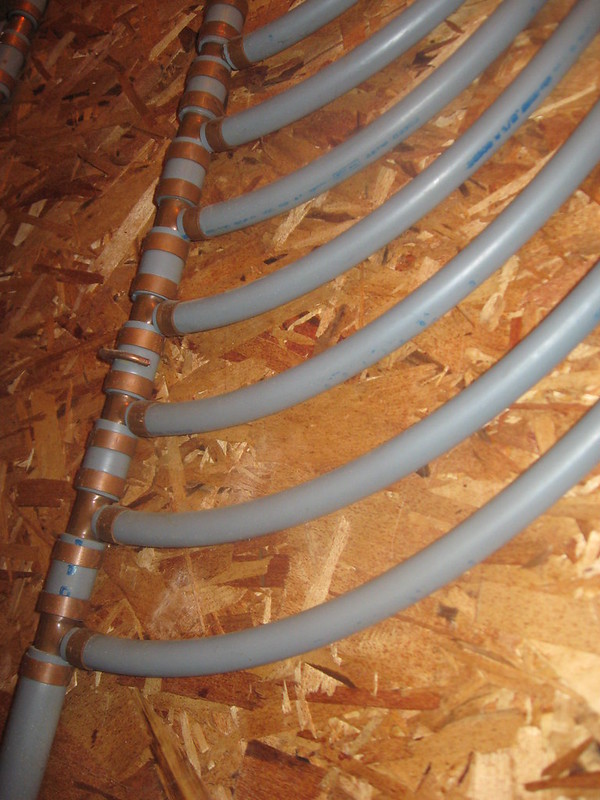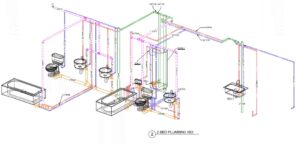Invention and Discontinuation of Polybutylene Piping
Polybutylene piping, invented in the late 1970s, became popular in residential plumbing due to its low cost and easy installation. This plastic piping was used extensively in homes built between 1978 and 1995. However, by the mid-1990s, polybutylene piping faced widespread failure, leading to its discontinuation.

The Effects of Chlorine on Polybutylene Piping
Chlorine, commonly found in municipal water supplies, is detrimental to polybutylene piping. Over time, chlorine causes the piping to become brittle and crack. This degradation process occurs from the inside out, often going unnoticed until significant leaks develop.
Key Effects of Chlorine on Polybutylene Piping:
- Degradation: Chlorine causes the chemical structure of polybutylene to break down, leading to pipe brittleness.
- Cracking: Prolonged chlorine exposure results in micro-fractures that expand, eventually causing leaks.
- Failure: Due to these issues, polybutylene pipes often fail unexpectedly, leading to water damage.
Mitigating Issues with Polybutylene Piping
If your home has polybutylene piping, it’s essential to take proactive steps to mitigate potential problems. Here are some recommendations:
1. Regular Inspections: Conduct regular inspections of your plumbing system. Look for signs of leaks, staining, or unusual odors.
2. Water Testing: Test your water for chlorine levels. High chlorine levels accelerate the degradation of polybutylene pipes.
3. Replace Polybutylene Piping: Consider replacing polybutylene piping with more reliable alternatives like PEX or copper. While this can be costly, it prevents future leaks and water damage.
4. Install a Water Filtration System: Install a whole-house water filtration system to reduce chlorine levels. This can slow the degradation process of existing polybutylene pipes.
5. Monitor Water Pressure: Ensure your home’s water pressure is within recommended levels. Excessive pressure can exacerbate pipe weaknesses.
Conclusion
Polybutylene piping, once a popular choice for residential plumbing, has proven vulnerable to chlorine exposure. If your home has polybutylene pipes, take steps to mitigate issues and consider replacing them. Regular inspections, water testing, and installing a filtration system can help manage risks. Ultimately, replacing polybutylene piping is the most effective long-term solution.
By addressing these concerns proactively, homeowners can prevent costly water damage and ensure a reliable plumbing system. If you have questions or concerns with your system, reach out to our team of experts at EVstudio and we can assist in evaluating options for your situation.










